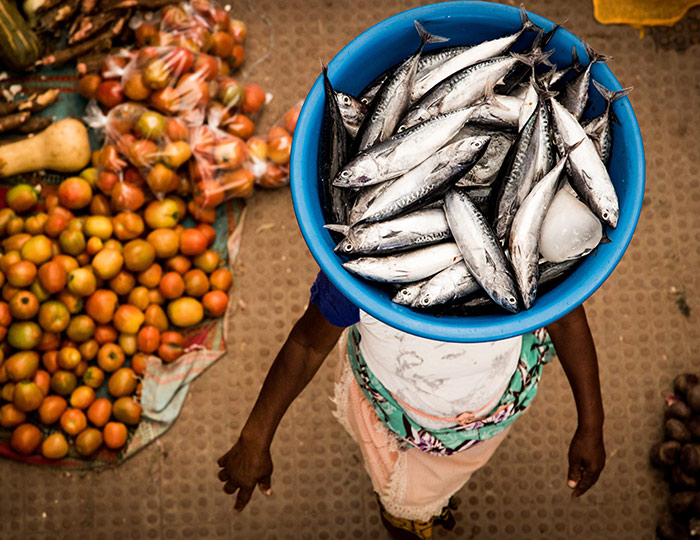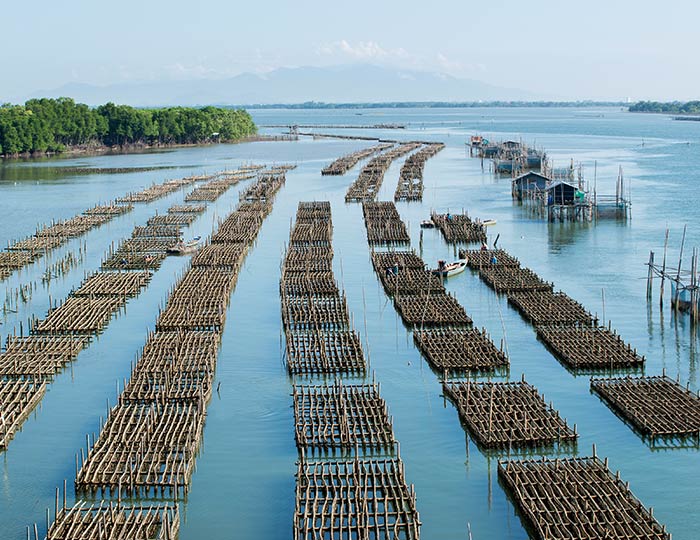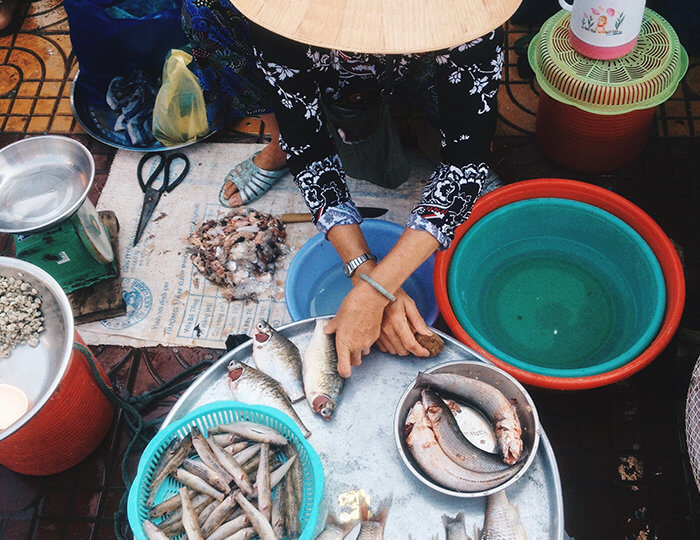NEWS • 2019-08-09
What a difference a label makes
ASC certified fish farms appear to perform better environmentally than non-certified, but further stringency in standards are needed to fully tackle the challenges with aquaculture. This is shown in a recent study published in Marine Policy.
Salmon industry faces common problems
In the light of overfished oceans and conventional land food systems that use too much water and nutrient resources, farmed fish can be a promising alternative. Aquaculture has grown exponentially and salmon is one of the most economically valuable farmed species.
Today, 90 percent of global salmon production is farmed compared to the 1970s when salmon was a wild capture industry only. But the booming fish farming industry has caused a range of social and environmental problems. Private certification initiatives try to tackle these challenges and the Aquaculture Stewardship Council (ASC) is one of the most well-known.
The authors, Beijer reserchers Malin Jonell and Max Troell, also affiliated with Stockholm Resilience Centre together with former Beijer staff Ola Luthman from Södertörn University in Sweden asked: what does the ASC standard add to conventional governance policies and to what sustainability dimensions does it contribute most?
Scanning available literature, the researchers identified specific challenges facing salmon aquaculture: feed, interaction with wildlife, fish health, and farm waste.
ASC is better but not good enough
National efforts to mitigate the bad and realize the good with aquaculture has been criticised for being too slack. As mentioned previously, private certification initiatives try to fill the gaps and the ASC has to date certified over 320 salmon farms.
The researchers compared the ASC production standards with the national regulations of the four largest salmon producing countries: Norway, Chile, Scotland (UK), and British Colombia (Canada). Across all four categories of challenges, the researchers found the ASC standards to be more stringent than the national regulations.
The biggest difference was found in Chile while the Norwegian regulations were close to the ASC level. The most important contributions of ASC certification proved to be (1) an allowed maximum of escaped fish per production cycle, (2) a requirement to the extent possible use certified sustainable-sourced fish meal and oil, (3) the prohibition to use critical antibiotics, and (4) tougher requirements on monitoring of waste levels.
Room for improvement
The ASC should not, however, be thought of as the panacea that will ‘fix’ fish farming. The authors point out that the standards perform comparatively better in sharpening the environmental performance of fish farms but there is still room for improvement.
The ASC still allows the use of non-certified fish ingredients in feed and recent changes in the standards provide additional leeway for producers to use terrestrial feed that is not sustainably sourced. The standard is, however, under development. The open characteristics of sea-based net pens used for salmon farming constitutes the basis for problems with escapes, waste, and the spread of disease and chemical compounds.
Reference:Luthman, O., M. Jonell, and M. Troell. Governing the salmon farming industry: comparison between national regulations and the ASC salmon standard. 2019. Marine Policy 106: 103534.
NEWS



